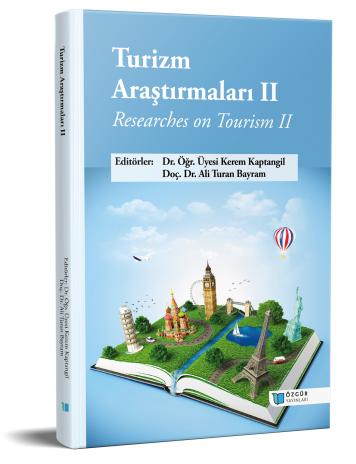
In Pursuit of Olive and Olive Oil: Oleotourism
Chapter from the book:
Kaptangil,
K.
&
Bayram,
A.
T.
(eds.)
2023.
Researches on Tourism II.
Synopsis
Special interest tourism types, which have emerged as an alternative to mass tourism, are developing in parallel with the classical sea-sand-sun trio and on a relatively sustainable basis. Oleotourism, a special interest tourism form in terms of its content and practices, includes olives, products obtained from olive, and tourist activities shaped around olive and olive oil. Oleotourism, also called olive tourism or olive oil tourism in the literature, is a type of tourism that has not been extensively researched yet. Considering that the geographical features, flora and traditional products of a destination constitute the essential destination attraction elements of that region, olive is a vital symbolic and tourism-promoting component of the flora in tourist destinations in this region, as it is a plant that grows especially in Mediterranean basin. The place that olives represent in terms of tourism, positions this concept in a different place as an element of special interest tourism. The presence of olives as a landscape element in touristic facilities is an element of attraction that provides information to visitors about the climate characteristics and flora of the region and arouses curiosity. Olive, which has been the source of income of the region for many years in the Mediterranean basin, has deep meanings beyond being just a food product, with its history going back further than antiquity. The olive branch has been a symbol of peace for centuries; olive pits were used as fuel, and olive oil became an iconic product used in a wide range of areas, from lighting to nutrition, from healing to art. The aim of the research is to discuss oleotourism, which is a relatively new field of study in the literature, on the basis of its development and conceptuality.

